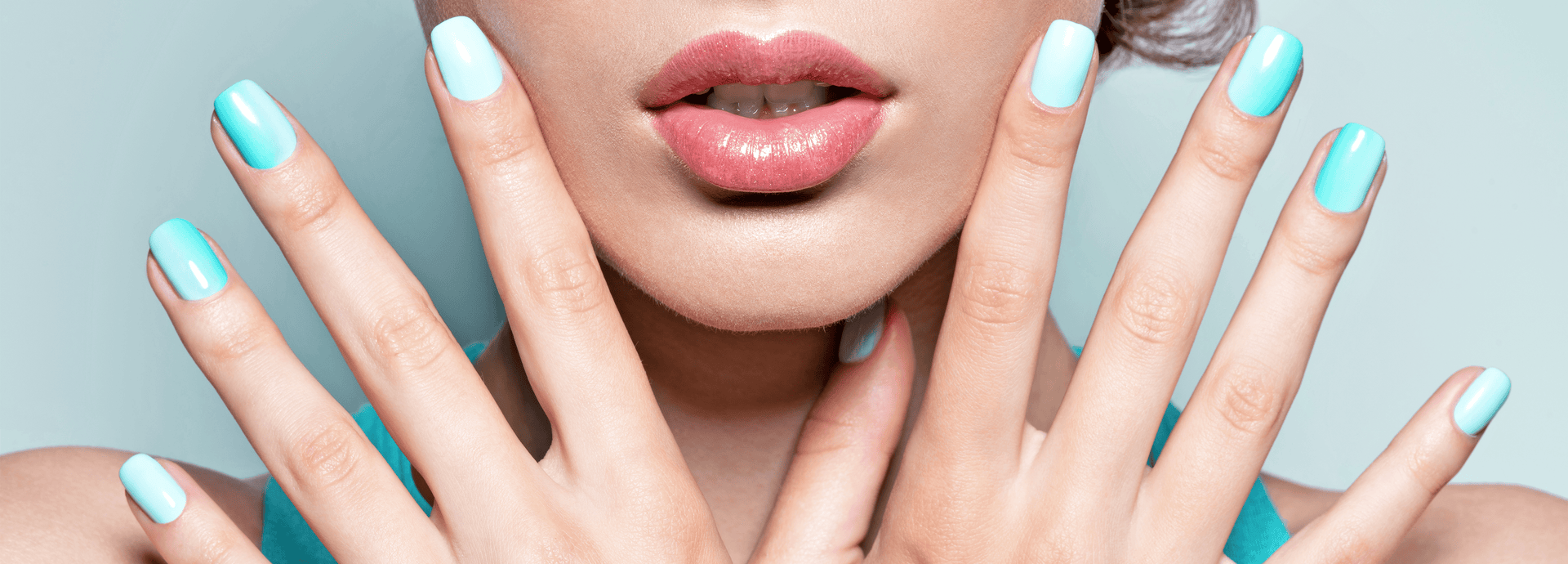Unlock the Secrets to Flawless Nails with Your Electric Nail Drill!
Electric nail drills have surged in popularity among nail care enthusiasts and professionals alike. These innovative tools offer a level of efficiency and precision that traditional nail care methods simply cannot match. With the right electric nail drill, you can achieve salon-quality results right at home. However, to fully harness the power of this tool, it is crucial to learn proper techniques and adhere to safety precautions. This article will guide you through everything you need to know about using an electric nail drill effectively, ensuring that your nails not only look fabulous but are also cared for safely.

Understanding Electric Nail Drills
Electric nail drills come in various types, each designed for specific tasks in the nail care process. Most drills consist of a motor, a handle, and removable bits that serve different functions, such as filing, buffing, or shaping nails. The speed settings on your drill can be adjusted to suit the task at hand; higher speeds are often used for filing, while lower speeds are better for more delicate work like buffing. One of the primary advantages of using an electric nail drill over traditional hand files is the speed and precision it offers. Not only can you complete your nail care routine faster, but you can also achieve more uniform results. Many users find that electric drills help them reach difficult areas that are hard to access with manual tools, making them a game-changer in at-home nail care.
Techniques for Using an Electric Nail Drill
Using an electric nail drill effectively requires a few essential techniques that can enhance the quality of your nail care. Start by preparing your workspace and ensuring all tools are clean and ready. Always begin by trimming the nails to a manageable length with regular nail clippers. Next, choose the appropriate bit for the task you’re about to perform—filing, shaping, or buffing. For filing, hold the drill at a slight angle to the nail and move the drill in a smooth, even motion. It's crucial to maintain proper hand positioning; keep your non-dominant hand steady while you maneuver the drill. When shaping, use gentle pressure and let the drill do the work rather than forcing it. For buffing, use a softer bit and a lower speed setting to avoid damage to the nail surface.
Step-by-Step Usage
To effectively use your electric nail drill, start by holding the drill comfortably in your dominant hand, ensuring it feels balanced. Select a coarse bit for filing and set the speed to medium. Begin at the side of the nail and move towards the center, using light pressure. Switch to a finer bit for shaping, and reduce the speed if necessary to maintain control. For buffing, choose a soft, rounded bit and use the lowest speed setting; gently glide over the nail surface to achieve a smooth finish. Remember to take breaks to prevent overheating the drill and to give yourself a moment to reset your technique.
Safety Precautions
Safety should always be your top priority when using an electric nail drill. First, wear protective eyewear to shield your eyes from any debris that may fly off during the filing or buffing process. Always avoid direct contact between the drill bit and your skin; this can lead to painful injuries. Keep your drill clean and well-maintained to prevent any malfunctions that could pose a risk. Common mistakes include applying excessive pressure, which can cause damage to both the nail and the drill. By being mindful of your technique and taking regular breaks, you can ensure a safe and enjoyable nail care experience.
Mastering Your Electric Nail Drill
In summary, mastering the use of an electric nail drill can significantly elevate your nail care routine. By understanding the different types of drills, honing your techniques, and prioritizing safety, you can achieve stunning, salon-quality nails from the comfort of your home. Remember that practice makes perfect; the more you use your drill, the more adept you’ll become. Don’t forget to explore further resources for advanced techniques that can take your nail care skills to the next level. With a little patience and dedication, you’ll unlock the secrets to flawless nails!








